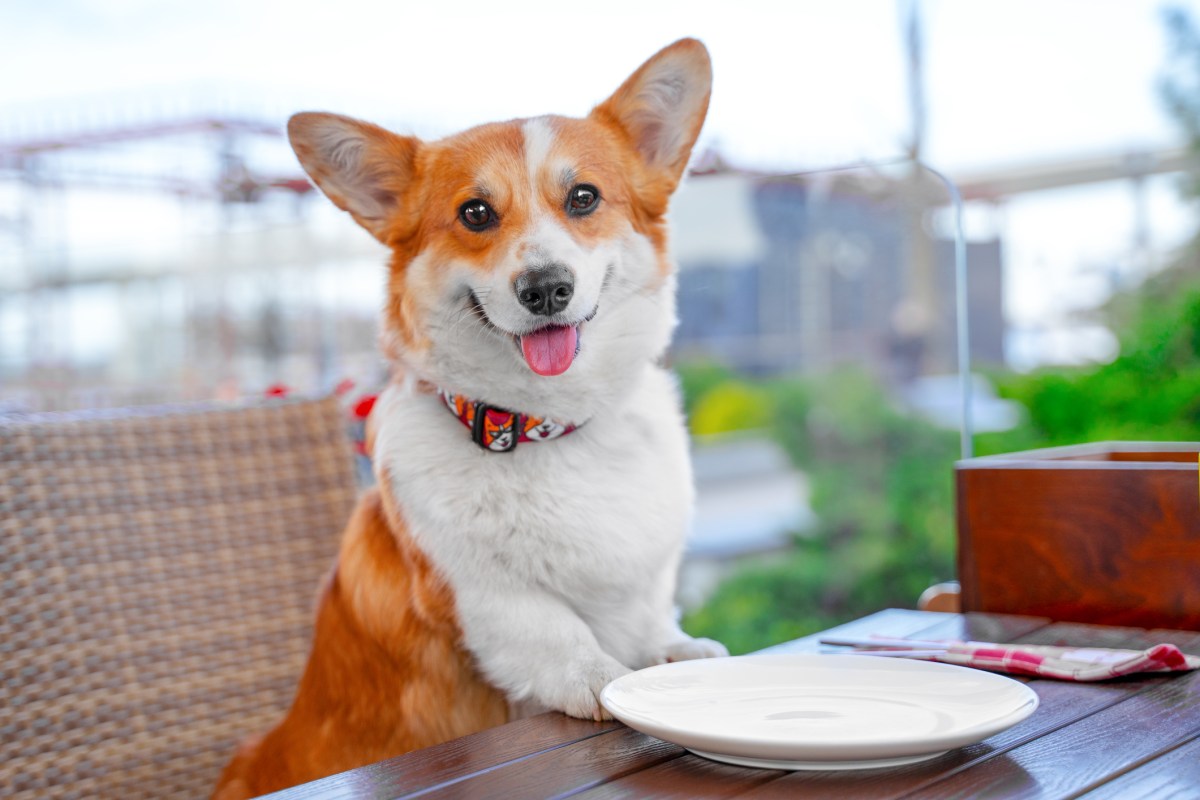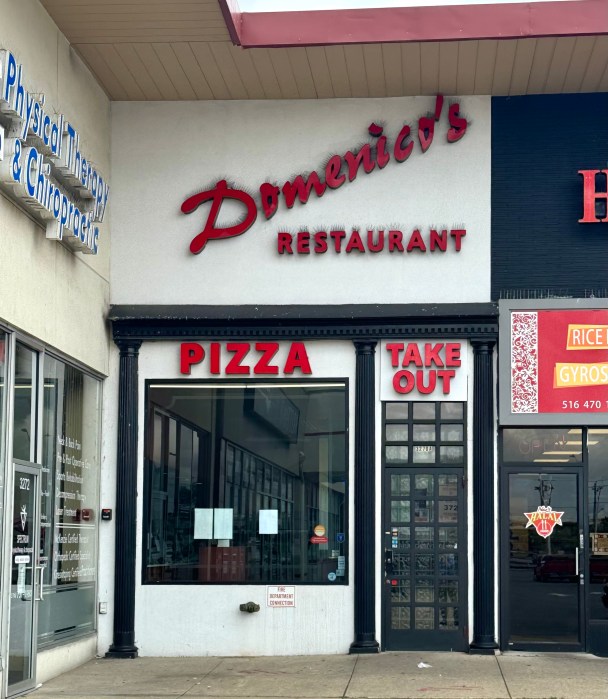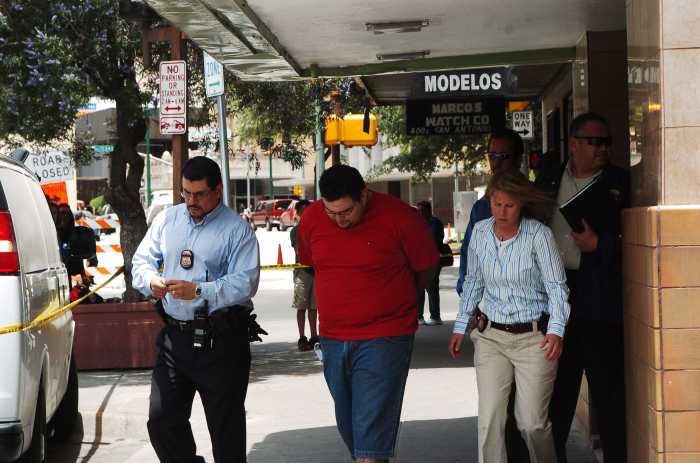As more restaurants welcome dogs to patios and sidewalk tables, pet owners are increasingly including their four-legged companions in dining plans. While outdoor dining with dogs can be a fun way to enjoy warm weather and socialize, there are a few important considerations to ensure a positive experience for diners, staff and pets alike.
First, not all establishments allow dogs, even outdoors. Local health codes and individual business policies vary, so it’s essential to check ahead before bringing a pet. Many restaurants post signage about pet policies and some provide special accommodations, like water bowls or dog-friendly menus. Others may restrict access to service animals only, even outside.
If a restaurant does allow dogs, owners should make sure their pet is well-behaved and comfortable in public spaces. A dog that barks excessively, growls, jumps on people or lunges at other animals can disrupt the dining atmosphere and pose a safety risk.
Before heading to a busy patio, pets should be trained to remain calm in new environments and respond reliably to basic commands.
Cleanliness is another key consideration. Dogs should be freshly groomed and free of fleas or strong odors before entering dining areas.
Bringing a mat or towel for the dog to sit on helps keep them off the ground and can reduce shedding or mess. Dogs should not sit in chairs or on tables and owners should never feed them from restaurant plates or utensils unless the establishment specifically permits it.
Leashes are required in nearly all outdoor dining areas. A short, non-retractable leash is best, as it prevents the dog from wandering into walkways, under tables or toward other diners.
Tying leashes to furniture is discouraged, especially on busy patios where chairs and tables may shift. The safest option is to keep the dog’s leash in hand or secured to the owner’s chair.
Food safety and hygiene are important for both patrons and pets. Dogs should not be allowed to lick serving plates or beg from nearby tables. If a restaurant offers treats or dog-specific menu items, those should be served in disposable or separate containers. Owners should also bring their own water dish if the restaurant does not provide one.
Owners must be ready to leave if their dog becomes agitated or disruptive. Even well-mannered pets can become overwhelmed in noisy or crowded settings. Signs of stress—such as whining, pacing, panting or hiding—indicate that the dog may be uncomfortable and need a break.
Finally, it’s courteous to tip generously and clean up any mess a dog may cause. That includes sweeping up shed hair or wiping away muddy paw prints. Not all restaurant staff are trained in handling pets, so patience and appreciation go a long way.
Dining out with a dog can be a rewarding experience, but it comes with responsibilities. By following proper etiquette and planning ahead, pet owners can enjoy a meal with their canine companion while respecting the comfort and safety of others.


































